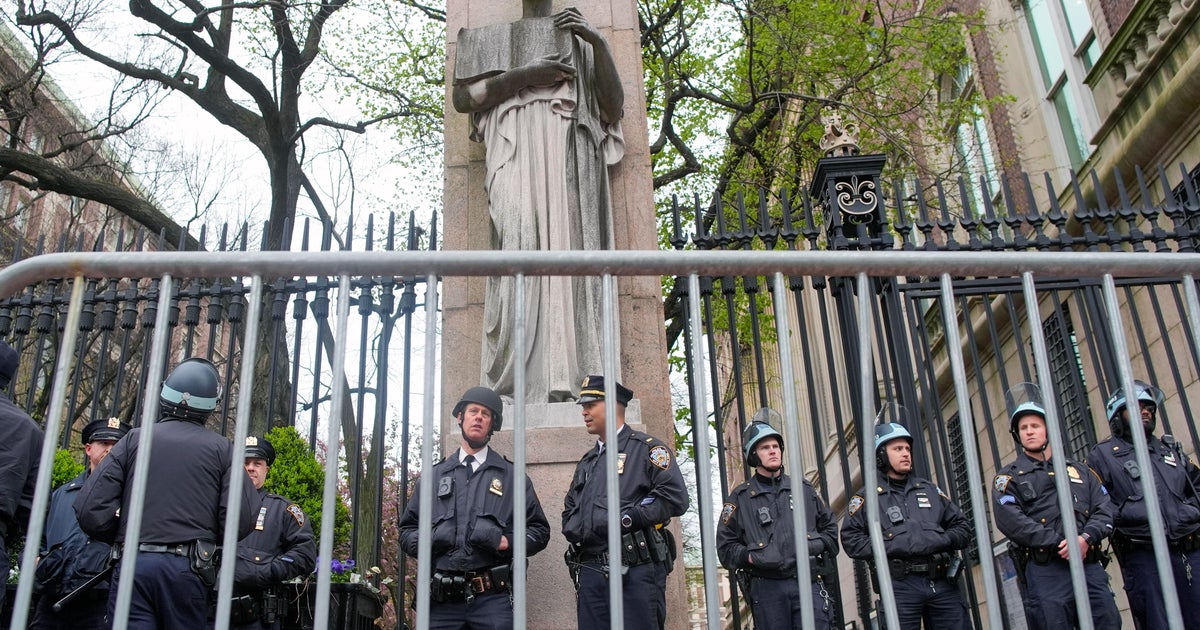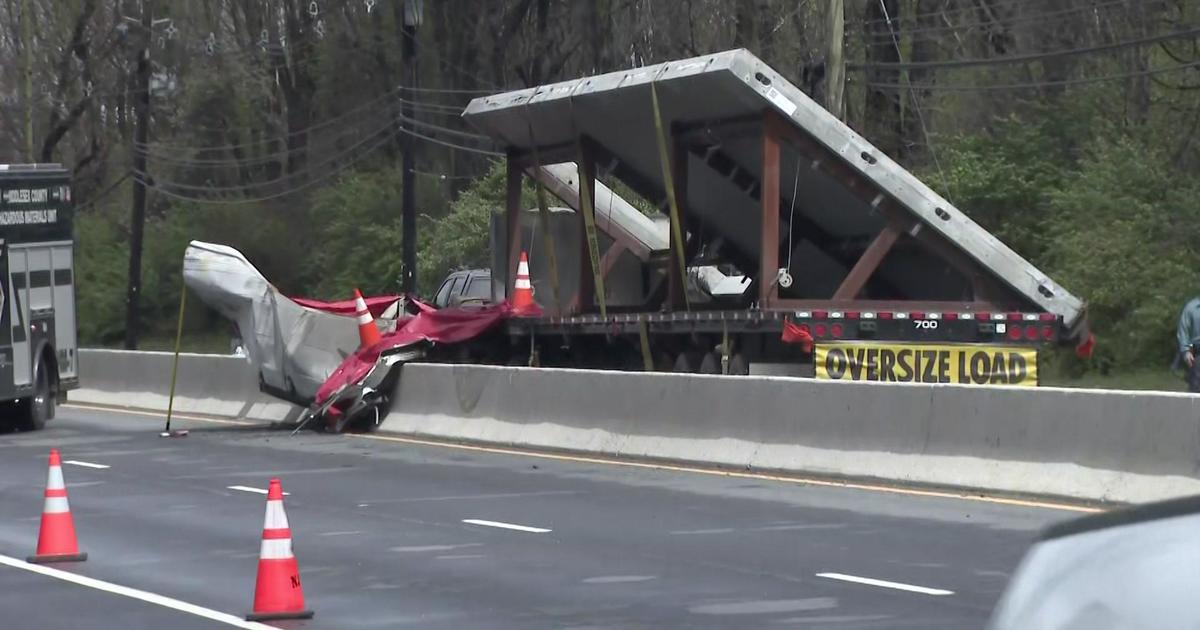As Officials Review CL&P's Storm Respone, Some Say They'd Pay For Stronger Power Grid
GREENWICH, CT (WCBS 880 / AP) - The co-chair of Gov. Dan Malloy's panel examining the state's power companies wants to know how much it would cost to harden the electrical system, even against a storm as strong as a category 3 hurricane.
WCBS 880's Paul Murnane On The Story
Podcast
That is if that is even possible.
In Greenwich, one woman told WCBS 880's Paul Murnane that she wouldn't pay more money for a better system saying that "bills are high enough."
However, one man said, "I'd pay more to keep the lights on. I've had three outages for more than four days at a pop this year."
Officials from Connecticut's electric utilities said Tuesday that they had begun reviewing their preparations and responses to the recent October nor'easter and the remnants of Hurricane Irene, each of which left hundreds of thousands of customers in the dark for days.
Dave Boguslawski, vice president for transmission at Connecticut Light and Power, told members of Gov. Malloy's so-called Two Storm Panel that the utility is working on a self-assessment and has asked the North American Electric Reliability Corporation to review CL&P's system.
Utility officials already have identified some areas for improvement, such as working with towns more closely to open up roads blocked by downed trees and wires and speeding up the process of bringing in out-of-state crews and contractors to help with restoration.
"With the weather that's coming and predicted to have more, we need to bring in crews even faster than our current ability,'' acknowledged Robert Hybsch, vice president of customer operations at CL&P.
Malloy's committee is expected to provide the governor with recommendations for policy changes and possible legislation in December. It's one of numerous studies underway, including a hearing held by the General Assembly's Insurance and Real Estate Committee, which is reviewing the insurance industry's response to the two storms.
Each storm left hundreds of thousands of power customers in the dark for days - some for as long as 11 days. And in many communities, they also left relationships with local officials frayed.
"We need real communication from CL&P,'' said Somers First Selectwoman Lisa Pellegrini, whose town did not have the electricity entirely restored by CL&P until 12 days after the October storm hit. "If it's going to take two weeks, tell us it's going to take two weeks.''
As with Irene, some town officials complained they could not get straight answers from CL&P, the state's largest utility, about when power was going to be restored. They also described a lack of real-time information about outages; CL&P liaisons who were helpful but had little to no information; CL&P liaisons who couldn't be reached; a lack of tree and power line crews designated to particular communities; confusion about whether the power was restored in certain neighborhoods; and a lack of understanding by CL&P about local officials' priorities for power restoration, information they were given during Irene.
"I understand these are horrific situations. In my opinion, (the power) was out much longer than what was necessary,'' said Tolland Town Manager Steve Werbner, who said he received physical threats from angry residents after CL&P failed to meet its goal of restoring electricity to 99 percent of customers eight days after the October storm. After he told CL&P about the threats, Werbner said Tolland got three more liaisons, a high-level manager and all the crews it needed.
Hybsch stressed that both storms hit the state very hard. There were an unprecedented 16,101 "trouble spots'' during the aftermath of Irene. Following the October nor'easter, there were 25,500 "trouble spots.'' The pre-Halloween storm was particularly damaging because many trees still had leaves on their branches, which were pulled down by the heavy, wet snow.
Besides bringing in out-of-state crews sooner, Hybsch said CL&P is reaching out to a national organization to open up a discussion on ways to improve the mutual-aid process.
CL&P also recommended that a tagging process for downed communication wires be created. Hybsch said the electric utilities typically get all the calls for downed wires. But often those are not electrical wires, but cable or telephone wires, ultimately slowing the electric utilities' overall restoration response.
Hybsch also suggested that all Connecticut cities and towns use standardized data that can be used to assess damage and the state come up with a comprehensive vegetation management plan. Additionally, he said CL&P is willing to work with towns and the state to conduct a statewide emergency restoration drill.
CL&P President and COO Jeffrey Butler, who appeared at numerous televised briefings with Malloy following the recent snow storm, did not attend Tuesday's hearing.
During the meeting, representatives from wireless providers spoke about proposed legislation that would require generators to be installed at cellphone towers. Michael Malenich, the director of network engineering for New England Verizon Wireless, said 90 percent of Verizon's sites have backup generators or the ability to bring in temporary generators. He said it is a company policy.
But John Emra, the regional vice president for external affairs at AT&T questioned whether such legislation would be legal and feasible for his company, which has towers located on rented property. He called it a "one-size-fits-all mandate.''
Would you pay more money to have a stronger electrical grid? Sound off in the comments section below!
(TM and Copyright 2011 CBS Radio Inc. and its relevant subsidiaries. CBS RADIO and EYE Logo TM and Copyright 2011 CBS Broadcasting Inc. Used under license. All Rights Reserved. This material may not be published, broadcast, rewritten, or redistributed. The Associated Press contributed to this report.)



